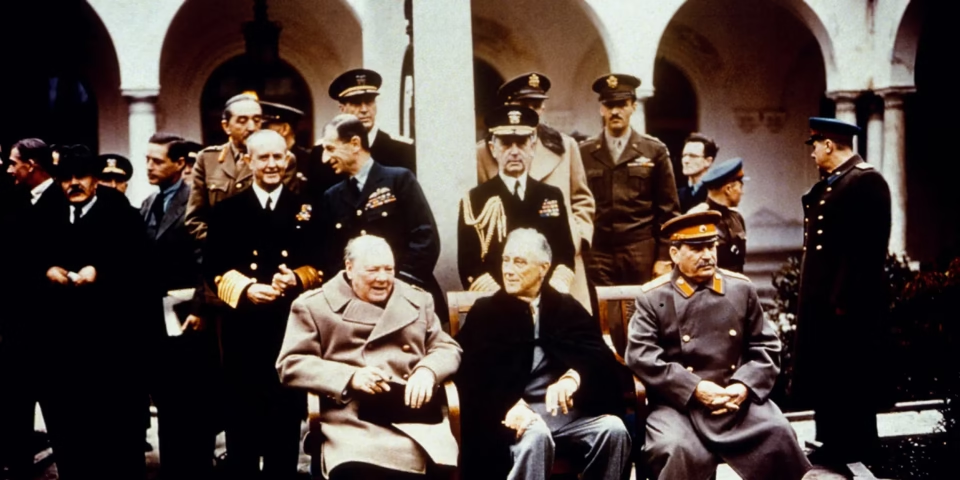The Yalta Conference was a pivotal moment in history, marking a significant turning point in World War II. On February 4, 1945, the leaders of the three main Allied powers – US President Franklin D. Roosevelt, British Prime Minister Winston Churchill, and Soviet Premier Joseph Stalin – gathered in Yalta, Crimea, to discuss the post-war reorganization of Germany and Europe.
The conference aimed to shape a post-war peace that would ensure collective security and allow liberated European nations to establish democratic institutions. The Big Three, as they were known, sought to finalize plans for the defeat and occupation of Nazi Germany, as well as address other pressing issues, such as the Soviet Union’s role in the Pacific War against Japan.
Key agreements reached during the Yalta Conference included:
- Division of Germany: Germany would be divided into four occupation zones controlled by the US, Britain, France, and the Soviet Union.
- Poland’s Future: The Soviet Union would retain control of eastern Poland, while Poland would receive territorial compensation from Germany in the west.
- Soviet Entry into the Pacific War: Stalin agreed to enter the war against Japan within two to three months after Germany’s surrender.
- United Nations: The Soviet Union would participate in the United Nations, with Ukraine and Byelorussia granted membership.
The Yalta Conference played a crucial role in shaping the post-war world order, but its legacy is also marked by controversy and criticism, particularly regarding the Soviet Union’s influence in Eastern Europe and the division of Germany.



